Type your search below
Today we are open from
First admission
9:30 amLast admission
4:00 pmTicket prices range from £13 to £28.
AdmissionsSee our What's On section for upcoming services and events
What's onVisiting York Minster.
Visit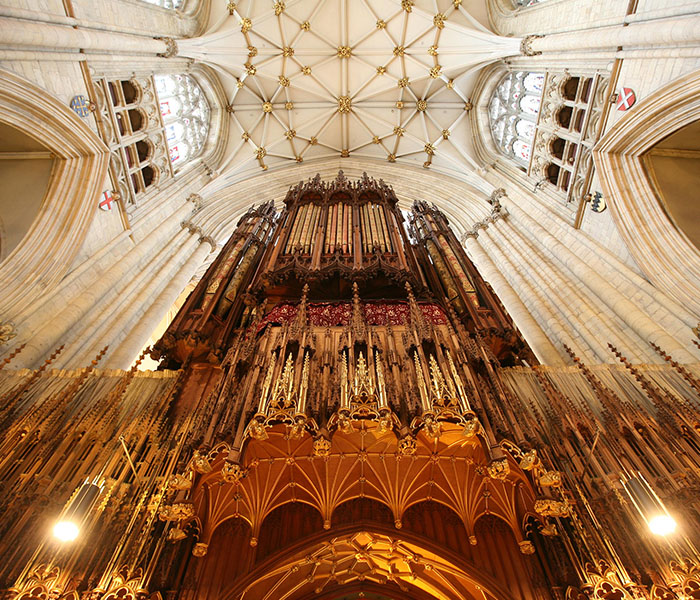
2018-2020
The Minster’s grand organ underwent extensive restoration work.
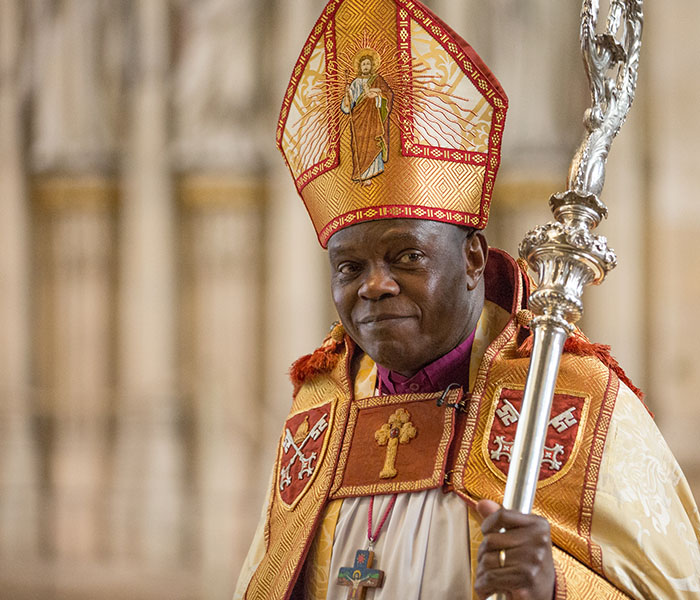
2005
Dr. John Sentamu becomes Archbishop of York. He is the first person from a black or minority ethnic group to become an Archbishop in the Church of England.

1997
York Minster was one of the UK’s first cathedrals to introduce girl choristers alongside the boys.
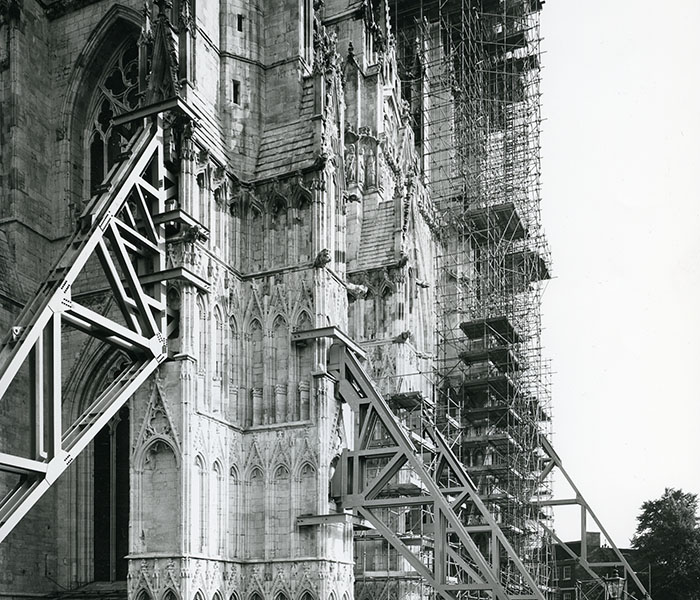
1967-72
£2million is raised for major engineering works to reinforce the foundations of the tower and to repair damage to the stonework.
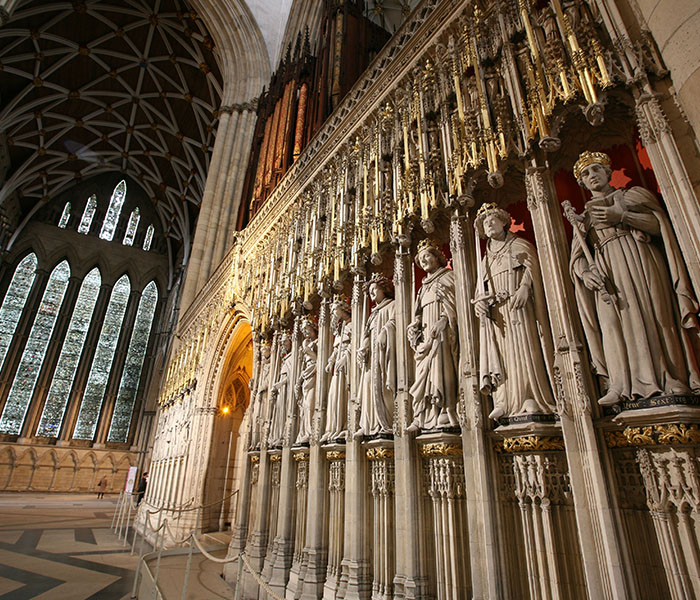
1916
After zeppelin raids on York the stained glass is removed for safety. Eighty windows were also removed in 1941 for the duration of the Second World War.

1829
Fire strikes York Minster in 1753, 1829, 1840 and 1984. Jonathan Martin is responsible for the fire of 1829, the same year the Minster Police force is established.
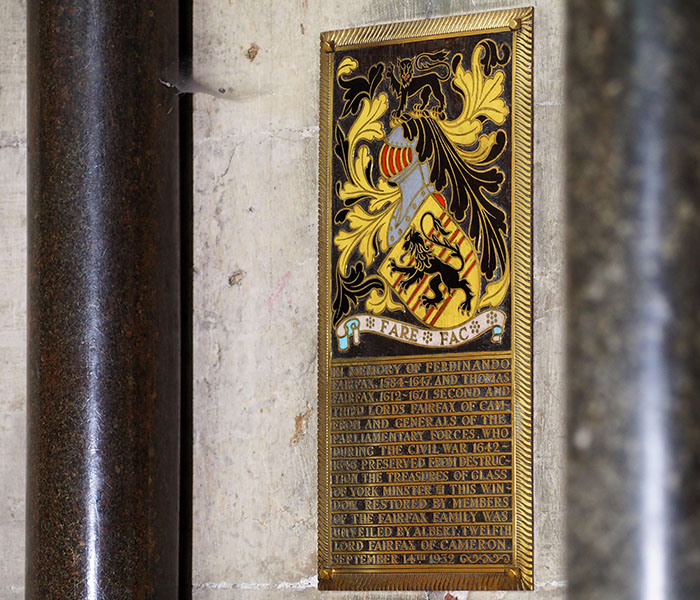
1644
The Dean and Chapter is abolished when York surrenders to Sir Thomas Fairfax and his Parliamentary forces. The surrender agreement protects the Minster and other York churches.

1405
Henry IV has Archbishop Richard Scrope killed for treason. His tomb lies beneath the Great East Window. John Thornton began glazing this window in the same year, finishing in 1408.
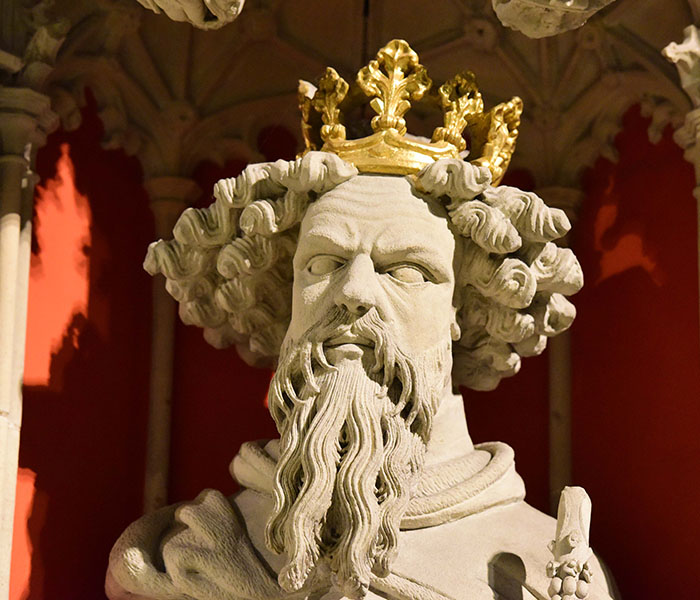
1328
King Edward III marries Philippa of Hainault in York Minster. Their second son, William of Hatfield, dies very young and is buried in the Minster in 1337.
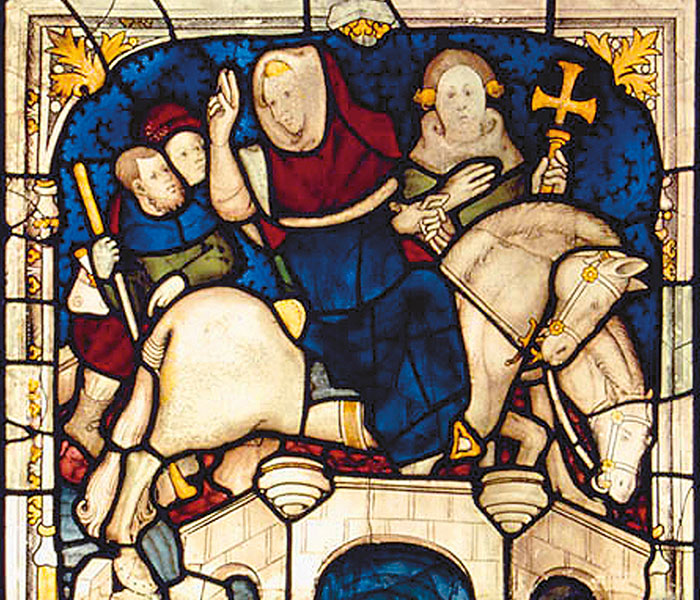
1226
William Fitzherbert, twice Archbishop of York, is officially declared Saint William of York.
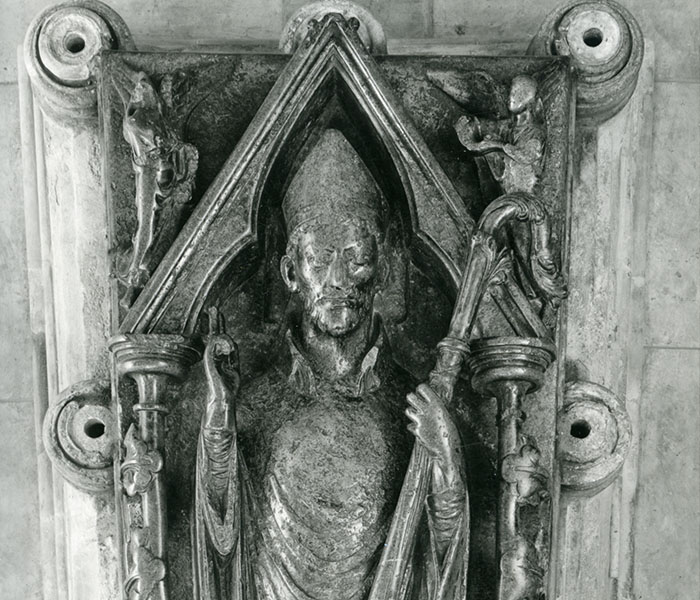
1154 - c.1225
From 1154 Archbishop Roger of Pont l’Évêque oversees the complete replacement of the East End. C.1225 Archbishop Walter de Gray begins building a new South Transept. It takes a further 250 years for the York Minster we know today to emerge.
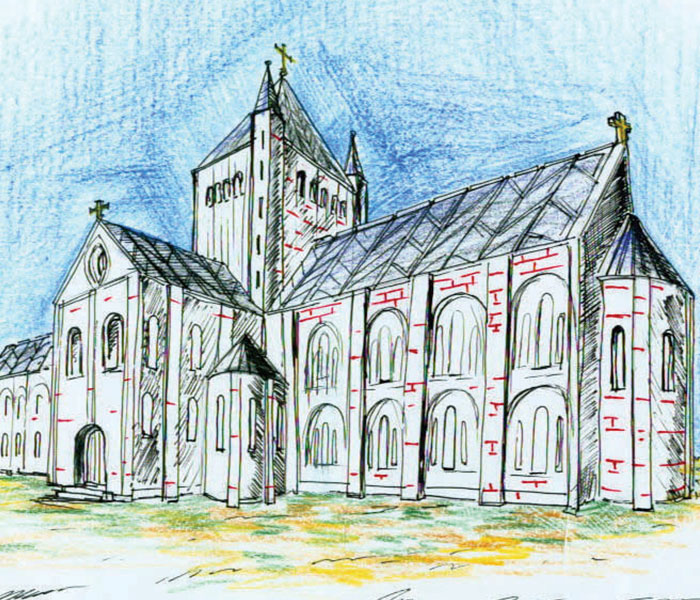
c.1080
Archbishop Thomas of Bayeaux begins building a completely new cathedral after the Minster was burnt during the Harrying of the North in 1069.

735
Ecgbert becomes the first Archbishop of York.
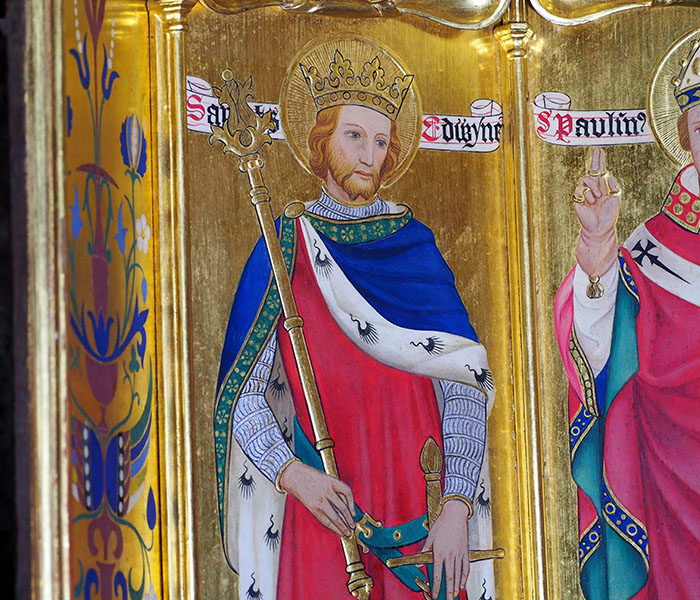
633
Early historians tell us that a stone church was built around the wooden church of King Edwin’s baptism. Edwin was killed in battle and buried in the new church.
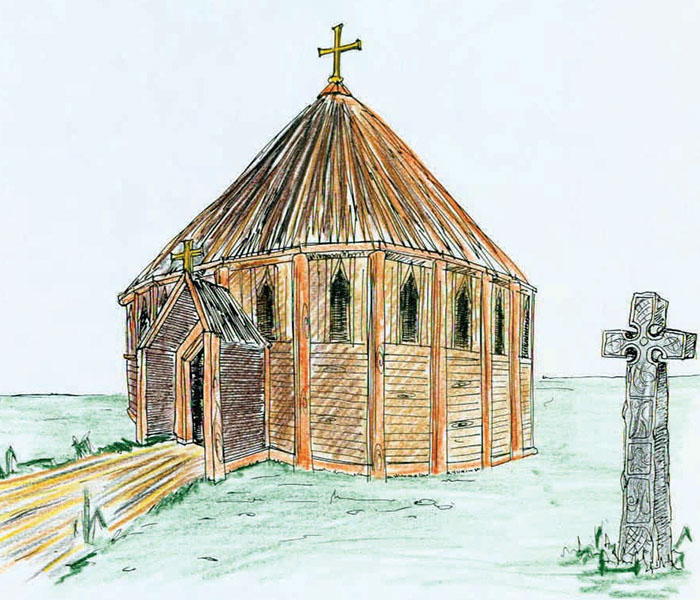
627
In 625 King Edwin marries the Christian princess Ethelburga. Bishop Paulinus accompanies her to York and baptises Edwin in a small wooden church, probably on the site of the Roman fortress.
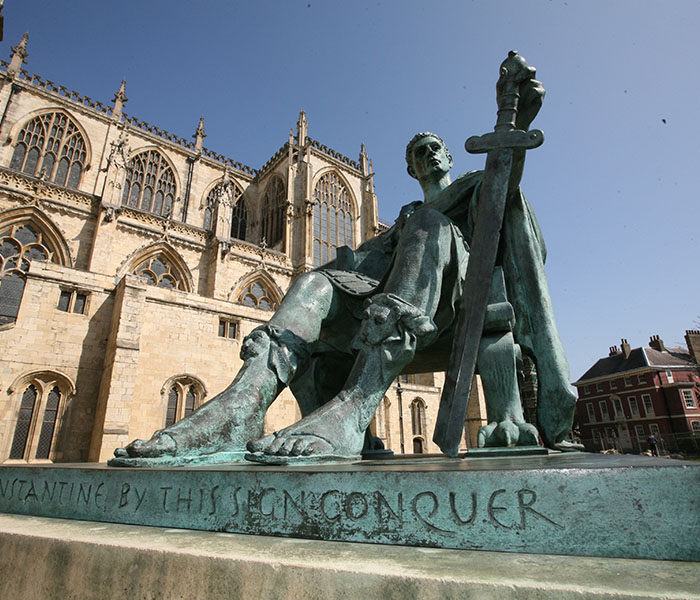
306
Constantine the Great is declared emperor in York, or Eboracum, as the Romans called it when they settled here in c.71.
Stay up to date with York Minster